To manage, you should measure
Part 2 – Bike
In the previous post, I shared the running tests we used to identify the lower end of my intensity zones and how that information helped us plan training.
In this post, I’ll go through the tests we did for the bike part.
Equipment used
Bike on an indoor trainer (Wahoo Kickr V6)
Power pedals (Favero Assioma Duo, not a must though)
Lactate meter (The Lactate Plus)
Test 1 – Submax Test
Goal: To establish my lactate profile for cycling.
Protocol:
Take a baseline lactate measurement
Start pedaling at 100 W, and take a lactate sample at 8:30 minutes
Every 10 minutes, increase power by 20 W and take another sample at 8:30 minutes
Continue until reaching the estimated lactate threshold 2 (≈4.0 mmol/L)
Results
In hindsight, it would have been useful to go for 200W and measure the lactate.
As you can see from the table, there was a big jump in lactate from 2.0 to 3.6 mmol/L at 160 W.
The coach asked me at what power output I felt it was “easy” — roughly Zone 1 to low Zone 2. I felt that that effort corresponded to 150–160 W.
To fine-tune the Lactate Threshold 1 (LT1), we ran an additional test.
Test 2 – 60-Minute Steady Ride at 160 W
Protocol:
Ride at 160 W steady, and take lactate samples at minutes 10, 20, 40, and 60.
(I got a bit carried away and ended up taking samples every 10 minutes 😅)
Results:
In my opinion, the lactate readings were quite noisy, making it difficult to draw firm conclusions. Therefore, I suggested if I should run another test riding steady at 140W. My understanding was that if the lactate remained low at 140W and jumped high at 160W, then we could estimate 150W would be the line to draw.
The coach suggested to run a bit different test.
Test 3 – Step Test (150 W → 160 W)
To clarify things, we did one more test with the following protocol
- Ride at 150 W steady for 30 minutes, and then at 160W for 30 minutes
- Take lactate samples at minutes 10, 20, 40, and 60.
Results:
Interpretation and training Prescription
Based on the test results, the coach prescribed cycling with heart rate capped at 140 bpm, regardless of power output.
My observation is that there’s a slight variation in power depending on fatigue:
Morning rides tend to show higher power for the same heart rate.
Evening rides or sessions after work produce slightly lower power at the same HR.
Other observations from the Tests
The Favero Assioma Duo power readings are slightly lower than those from the Wahoo Kickr V6.
In the Lactate episode of the Norwegian Method Podcast his podcasts, Olav Aleksander Bu suggests using a 21G lancet for lactate sampling. It works well, but the bleeding can take longer to stop.
If you sample from 2–3 fingertips, managing bleeding while taking the next sample can be tricky — unless someone else is taking the samples.
Even though I’m used to handling fine instruments as an eye surgeon, lactate testing is new to me. It takes time to get comfortable using the lactate meter while you are riding.
In the meantime, I am going to stick to using 23G or maybe 25G lancets.
I felt that there was less noise when I sampled from a new fingertip for each sample.
What is next?
For now, the focus remains on low-intensity rides with HR under 140 bpm, establishing a basic week with training sessions that can be repeated every week.
In the next post, I will write about the basic week and how training 8 hours per week doesn’t mean you can cave out only 8 hours. It is much more than that.
Stay healthy,
Bek

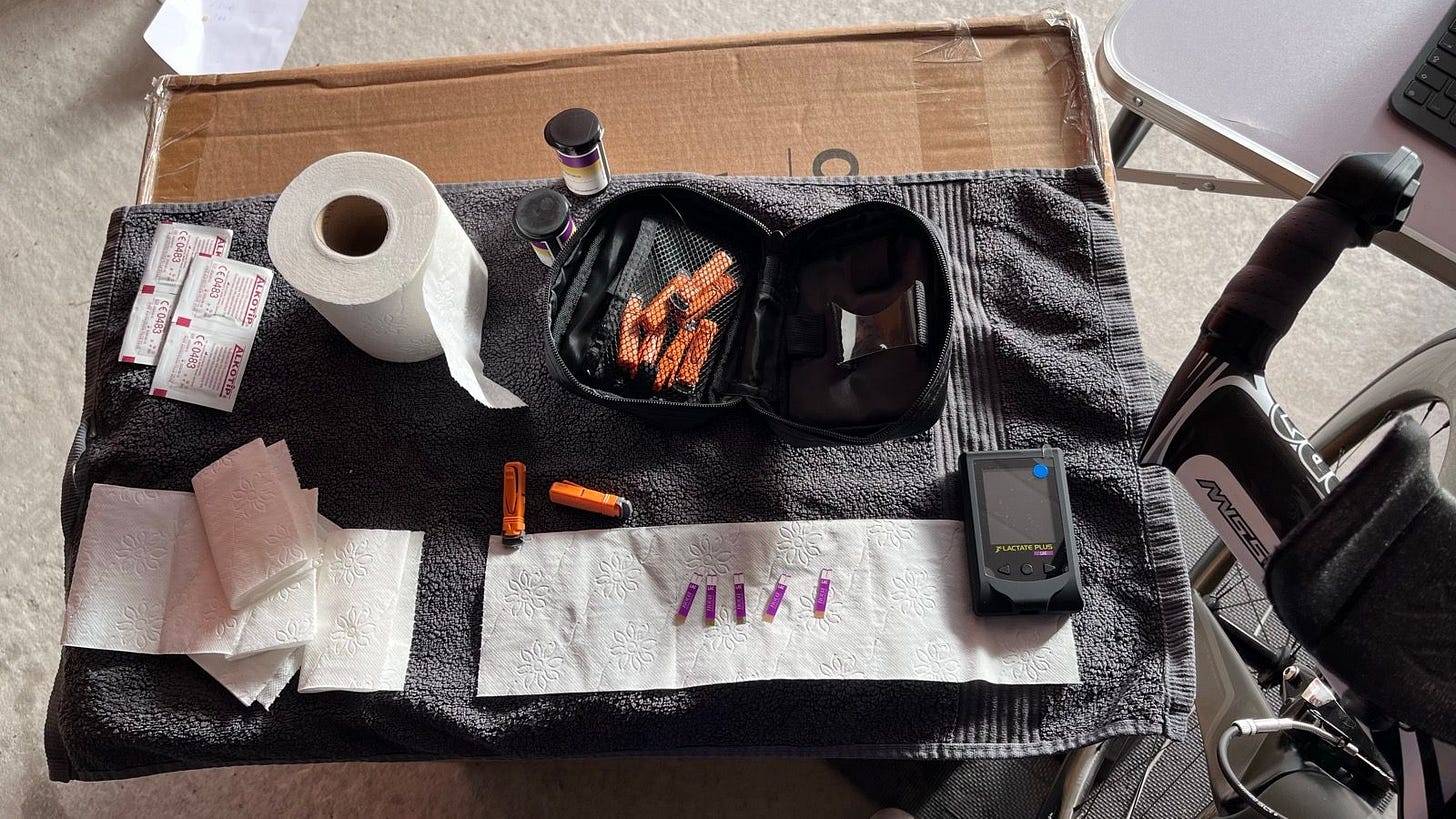
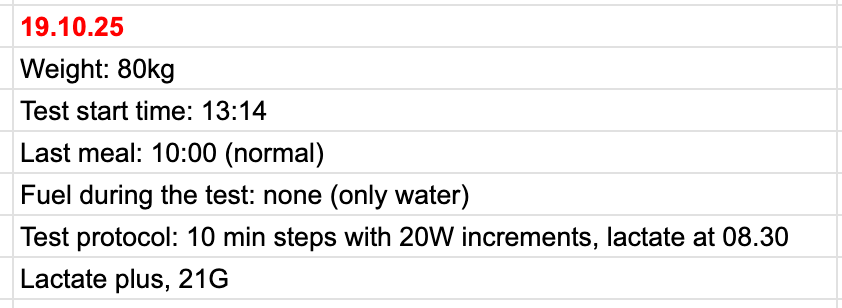
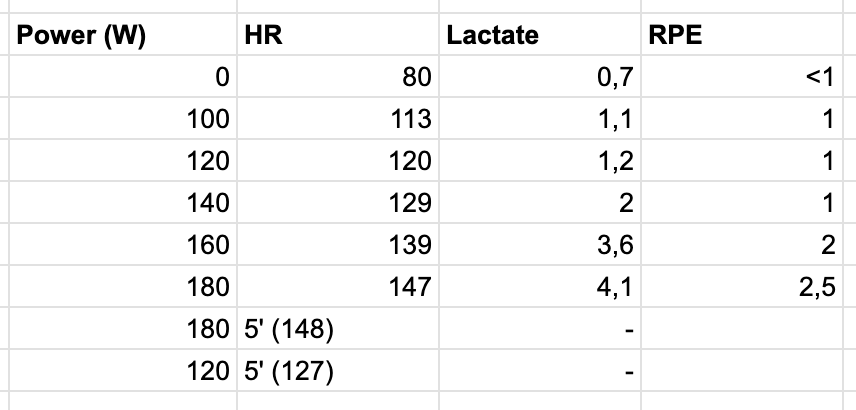
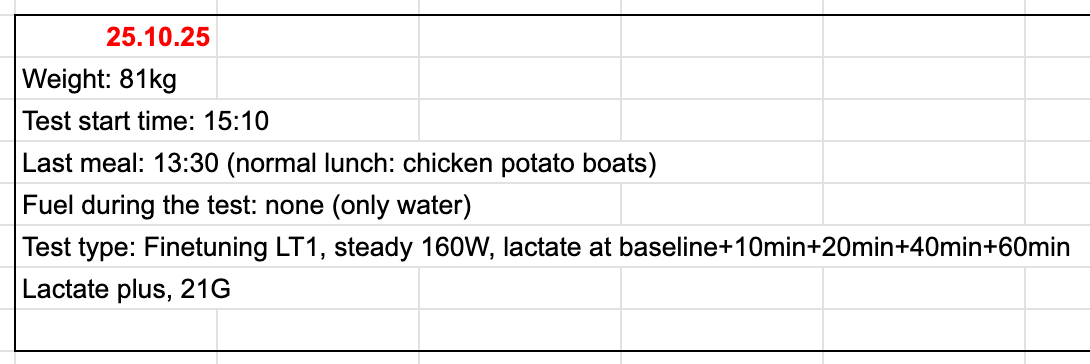
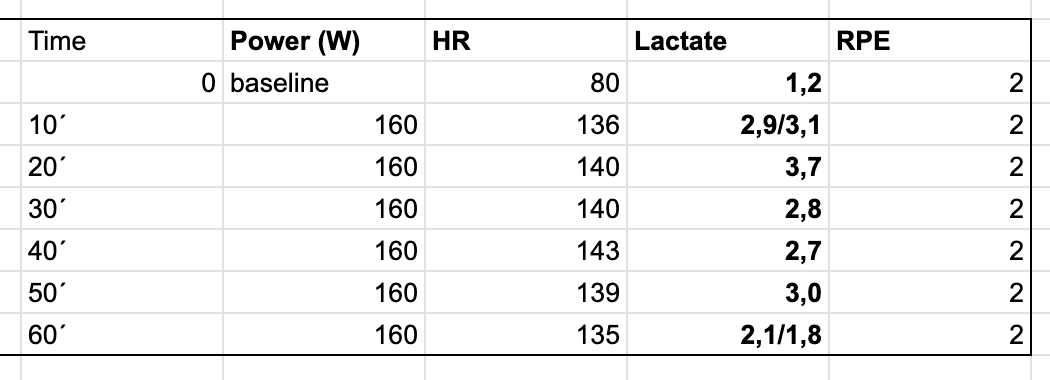
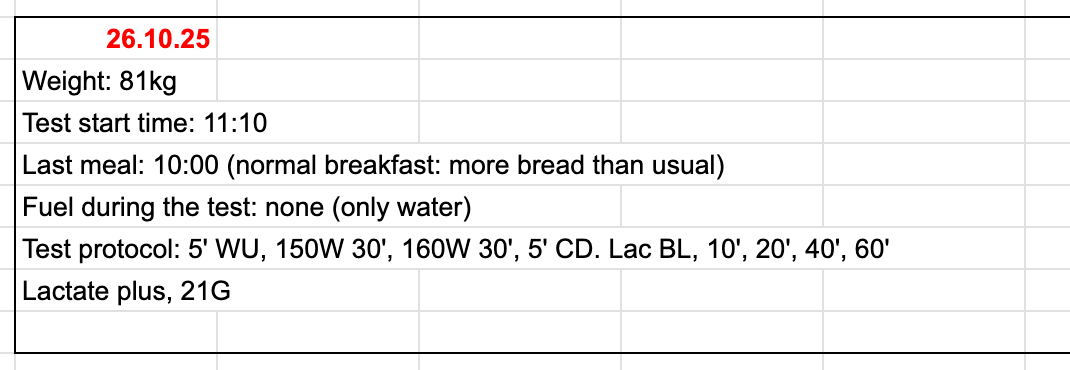
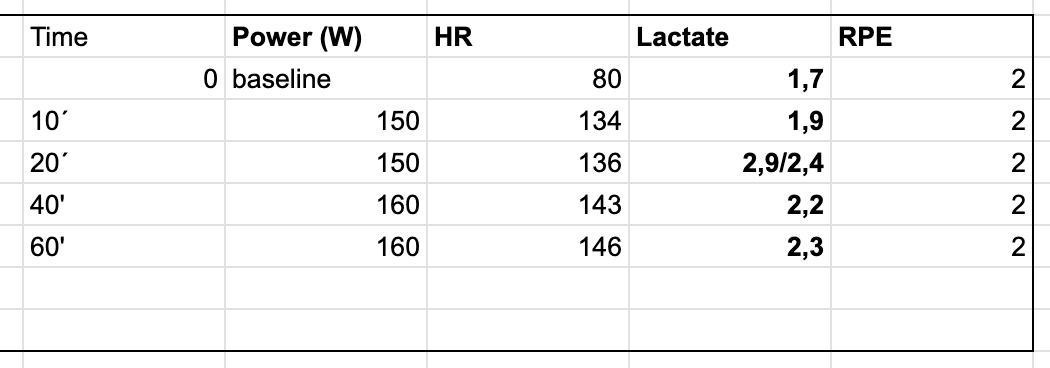
Thanks for posting Bek! Super interesting to learn about those follow up tests!
Another question - you mentioned that even as an eye surgeon accustomed to working with fine instruments, you found the lactate meter challenging to use. I have zero experience with medical tools, so the process feels a bit intimidating, especially after hearing a medical professional experiencing challenges. Do you have any advice on how to approach it as a complete medical device newbie? Would it make sense to practice a few times while standing still before trying it on the bike? Lastly, do you have to dispose medical equipment like this a certain way? Appreciate your thoughts!